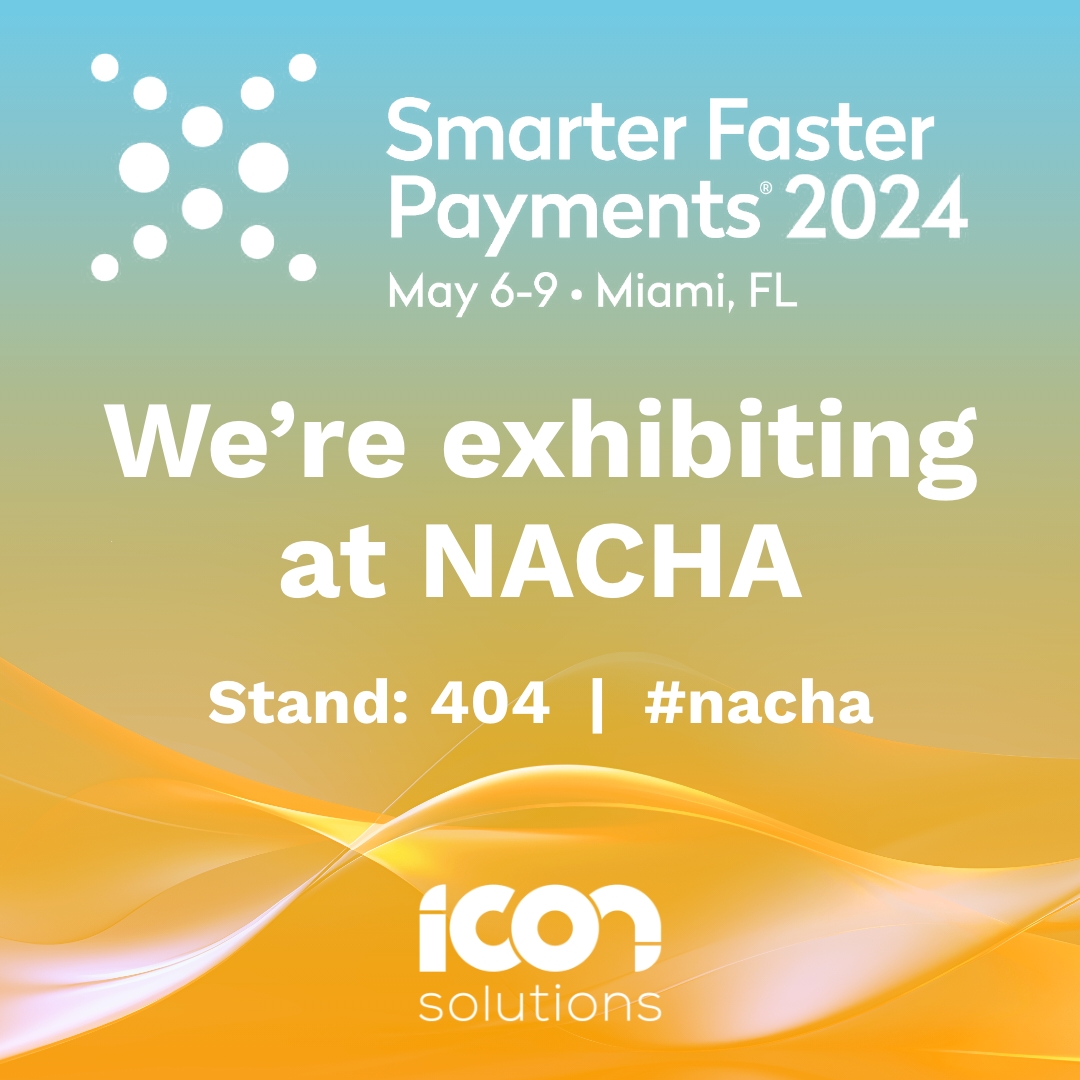Understanding the Road to Real-Time in North America at Smarter Faster Payments 2024

In the run up to NACHA’s annual Smart Faster Payments Conference in Miami, Arjeh van Oijen, Head of Product Management for Icon Solutions, explains why real-time payments are top of the agenda for banks in North America
The demand for smarter and faster services has always been a driving force behind innovation in banking, but in recent years a sea change has occurred with the industry’s push towards instant payments.
By enabling the instant sending and receiving of funds around the clock,365 days a year, real-time payment (RTP) rails have disrupted the payments landscape; fuelling new customer demands, legislation and competition. This has required banks to rethink and adapt traditional approaches to payments processing.
Developments in real-time: one-leg out payments & ISO migration
We see now how real-time is also driving developments in the cross-border space. Around the world, a growing number of RTP schemes and associated infrastructures have been extending their scope from domestic credit transfers to one-leg out credit transfers, enabling cross-border transactions using RTP rails.
Already a reality in APAC and Europe, the anticipated launch of Canada’s RTP rail (the Real-Time Rail) means one-leg out will soon be possible between Canada and the US. This will give banks in North America the means to dramatically improve the speed, and lower the cost, of cross-currency transactions.
The move to ISO 20022 will further enhance bank interoperability. And with Swift having announced it will decommission its MT messaging standard in November 2025, the race is on globally for banks to migrate to the new MX messaging format for cross-border / high-value payments.
Amid global developments there are obstacles on the journey to real-time in North America
Although real-time payments are not yet mandated in North America, the ability to leverage instantaneous clearing and settlement to improve financial control, liquidity management and payment services across borders, are compelling reasons to adopt. Yet despite the advantages, many banks in North America are struggling to prioritise it on their roadmap.
One key challenge, for small and large banks alike, is development. Simply upgrading batch legacy environments will not be enough to handle real-time payments volumes or keep up with rapidly evolving demands and developments.
But building an entirely new solution for an RTP scheme is extremely complex, not to mention time and cost intensive. And the US currently operates two: The Clearing House’s RTP, which was launched first back in November 2017, and The Federal Reserve’s RTP rail, FedNow, which went live last July.
Challenges with build are then compounded by the fact that most banks still have ISO 20022 migration on their plate. While Swift will officially move from MT to MX in November 2025, the FedWire Funds Service, which is used by banks and businesses across the US for same day transactions, has set a deadline of March 2025, now just 12 months away.
Although ISO 20022 is an opportunity to optimise internal processes and innovate, migrating systems to an entirely new messaging format does not come without risk. It will, for example, require banks to manage and store new and old transaction data simultaneously, which has significant operational and regulatory considerations. Again, it is not just Tier 2 and Tier 3 banks with smaller resources that are struggling. With more to change, the challenges of ISO 20022 migration for larger Tier 1 banks should not be underestimated.
Tackling the race to real-time at NACHA’s Smarter Faster Payments Conference
With that said, as the instant payments landscape evolves, banks have a real opportunity to use the global deployment of ISO 20022 to accelerate their adoption of real-time and cross-border payments. This will, however, require banks to consolidate payments processing applications into a single solution that is agnostic to payment type, currency, scheme and clearing settlement mechanisms. In doing so, new RTP functionalities can be implemented within a much shorter timeframe, and with lower costs and risks.
At Icon, we have been supporting Tier 1, 2 and 3 banks with the adoption of instant payments for over 15 years. We are committed to providing solutions that empower all banks to accelerate their payments transformation roadmap. Whether that means augmenting existing capabilities, delivering a custom-built solution, or a plug and play approach, we look forward to attending NACHA’s Smarter Faster Payments conference to help banks accelerate their payments roadmap, at the speed and scale that works best for their business.
If you are attending NACHA’s Smarter Faster Payments Conference in Miami from 6-9, stop by our stand (number 404) to discuss how to accelerate your payments transformation. You can also set-up a meeting with my colleague, Matt Newman, here.